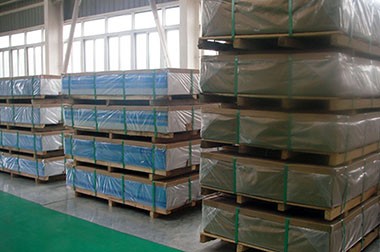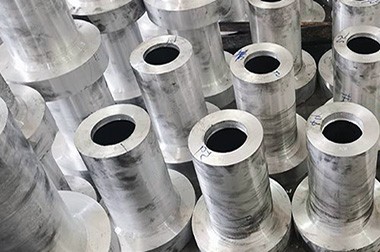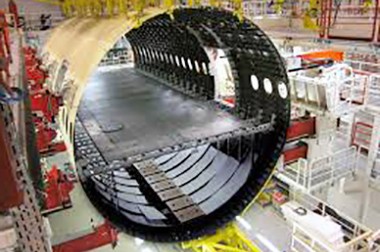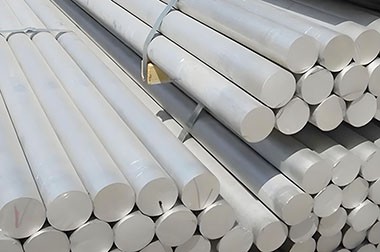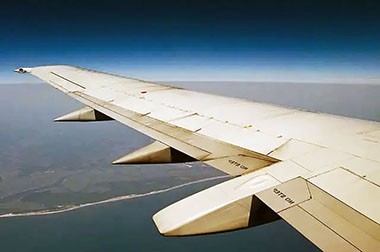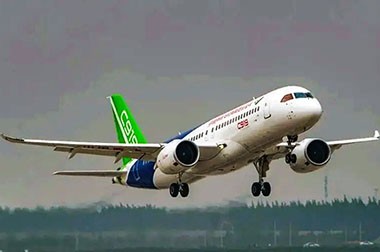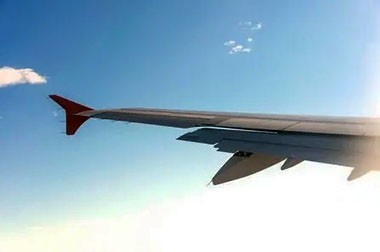7050 7475 7099 Aircraft Aluminum for Wing Ribs
Aircraft structures, especially wing ribs, require materials that combine strength, lightweight, and resistance to environmental factors. Aluminum alloys like 7050, 7475, and 7099 are widely used due to their excellent mechanical properties and suitability for aerospace applications.

7050 Aircraft Aluminum for Wing Ribs
Characteristics of 7050 Aluminum Alloy
The 7050 alloy is often selected for wing rib materials due to its high strength and toughness, excellent stress corrosion cracking resistance, and good fatigue resistance.
- Strength: 7050 is known for its high strength-to-weight ratio, making it an ideal choice for structural components.
- Fatigue Resistance: Its outstanding fatigue resistance is crucial for components subjected to cyclic loads.
- Corrosion Resistance: It exhibits good stress corrosion cracking resistance, particularly in thicker sections.
- Weldability: Typically not weldable; however, special techniques (such as friction stir welding) can be used for connections.
Applications of 7050 Aluminum Alloy
7050 is commonly used in aircraft structures, including wing ribs, fuselage frames, and high-stress components.
Composition of 7050 Aluminum Alloy
| Element | Composition(%) |
| Si | 0.12% |
| Fe | 0.15% |
| Cu | 2.0-2.6% |
| Mn | 0.1% |
| Mg | 1.9-2.6% |
| Ti | 0.06% |
| Cr | 0.04% |
| Zr | 0.08-0.15% |
| Zn | 5.7-6.7% |
| Other (Each) | 0.0-0.05 |
| Aluminium (Al) | Balance |
7475 Aircraft Aluminum for Wing Ribs
7475 is a high-zinc alloy, similar to 7050, with very high strength, especially in the T7351 condition. It has good corrosion resistance, but not as high as 7050. Compared to other high-strength alloys, 7475 has improved weldability.
Characteristics of 7475 Aluminum Alloy
Strength: Currently one of the highest strength aluminum alloys, offering excellent mechanical properties.
Fatigue Resistance: Outstanding fatigue performance, suitable for high-load applications.
Corrosion Resistance: Good corrosion resistance, but not as high as some other alloys; protective coatings are usually required.
Weldability: Welding is generally not recommended due to reduced mechanical properties in the welded area.
Applications of 7475 Aluminum Alloy
7475 is widely used in aerospace applications, such as wing structures, fuselage skins, and other critical load-bearing components.
Composition of 7475 Aluminum Alloy
| Chemical composition of 7475 alloy | |
| Si | 0.10 |
| Fe | 0.12 |
| Cu | 1.20-1.90 |
| Mn | 0.06 |
| Mg | 1.9-2.60 |
| Cr | 0.18-0.25 |
| Ni | - |
| Zn | 5.2-6.20 |
| Ti | 0.06 |
| Al | Remainder |
7099 Aircraft Aluminum for Wing Ribs
Similar to 7050 and 7475, 7099 is specifically adjusted to enhance toughness and ductility. It offers better corrosion resistance compared to traditional high-strength alloys.
Performance of 7099 Aluminum Alloy
Strength: Strength comparable to 7475, with better ductility than other high-strength alloys.
Fatigue Resistance: Good fatigue resistance, making it a suitable choice for dynamic load applications.
Corrosion Resistance: Exhibits good stress corrosion cracking and pitting resistance, especially in marine environments.
Weldability: Better weldability than 7050 and 7475, providing more diverse manufacturing options.
Applications of 7099 Aluminum Alloy
7099 is used in aerospace structures, including wing ribs, where strength, ductility, and resistance to environmental factors are required.
Composition of 7099 Aluminum Alloy
| Element | Percentage (%) |
| Aluminum (Al) | Balance |
| Zinc (Zn) | 6.0 - 7.5 |
| Copper (Cu) | 2.5 - 3.5 |
| Magnesium (Mg) | 1.5 - 2.5 |
| Silicon (Si) | 0.4 max |
| Iron (Fe) | 0.5 max |
| Titanium (Ti) | 0.1 max |
| Others (e.g., Manganese) | 0.3 max |
When selecting aluminum alloys for aircraft wing ribs, 7050, 7475, and 7099 offer unique advantages due to their mechanical properties, fatigue resistance, and corrosion resistance. The choice of alloy typically depends on specific design requirements, load conditions, and environmental considerations. The distinct characteristics of each alloy make them suitable for various applications in the aerospace industry, contributing to the overall performance and safety of aircraft structures.
Users viewing this material also viewed the following
-
7050 T7451 Aircraft Aluminum Plate Sheet
7050 T7451 aircraft aluminum plate is a zinc alloy aluminum alloy, mainly used for structural parts that require high strength and corrosion resistance.
-
7475 T7651 T7351 T651 Aircraft Aluminum Plate
7475 aluminum plate is a high-strength aluminum alloy, it has excellent strength and corrosion resistance, and is often used to manufacture aircraft structures and parts.
-
7050 T74511 T76511 T73511 Aerospace Aluminum Bars
7050 aerospace aluminum bar is a high-strength aluminum alloy, widely used in the aerospace, military, and high-performance industrial sectors.
-
7050 Aerospace Grade Aluminum Forging
7050 aluminum forgings are widely used in the manufacture of fuselage structural parts, wing beams, landing gear components, etc. due to their excellent strength, corrosion resistance and weldability.
-
7475 Aerospace Aluminum Forging
7475 aluminum alloy is known for its excellent mechanical properties, including high strength, toughness, and resistance to stress corrosion cracking.
-
7050 Aerospace Aluminum Profile Extrusion
7050 aluminum alloy profiles are suitable for producing large structural components with thick cross-sections, such as aircraft wing beams, fuselage frames, landing gear, and supporting structures.
-
Buy high-quality 7050 aluminum round bar stock for extreme durability and fatigue resistance. Ideal for structural components, military hardware, and marine environments. Includes competitive pricing, volume discounts, and tailor-made cutting services.
-
As a professional aluminum alloy material manufacturer, we provide 7050-T7451 aerospace-grade aluminum round bars that meet AMS 4050/AMS 4052 standards. We support custom diameters and lengths, and provide material certificates, third-party inspection reports, and professional technical support to ensure 100% compliance with material performance standards.

